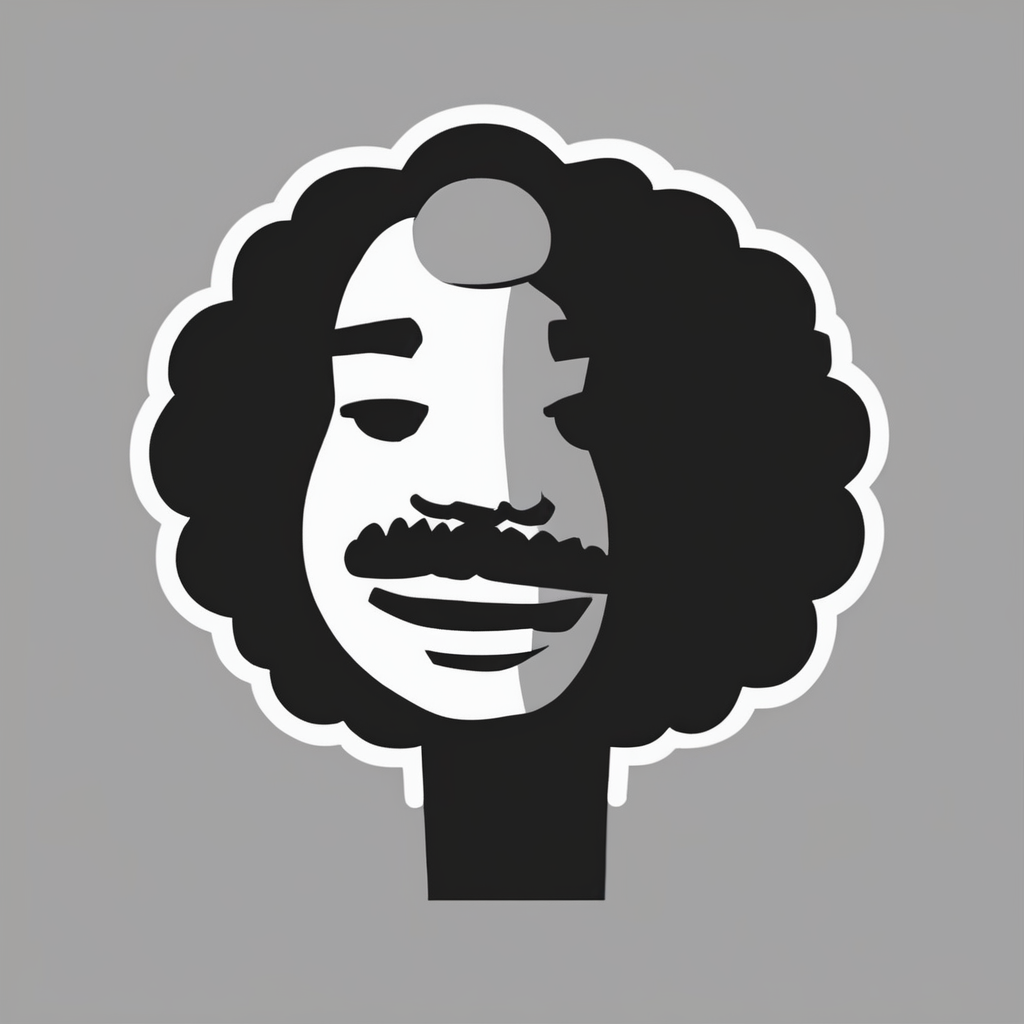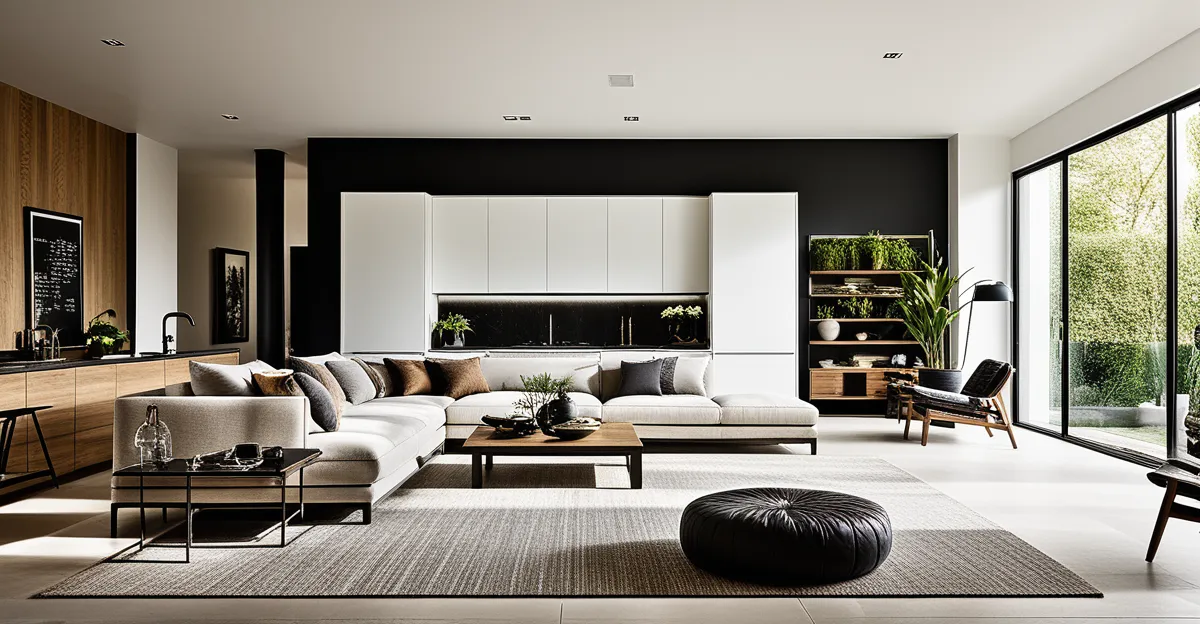The Impact of Latest Home Design Trends on Everyday Living
New home design trends significantly shape how people experience their living spaces. These trends are not just about aesthetics; they enhance comfort, functionality, and style simultaneously. For example, incorporating open-plan layouts combined with minimalist elements encourages spaciousness and ease of movement, transforming ordinary rooms into inviting environments.
The latest interior design shifts prioritize versatility. Trendy modular furniture adapts to various needs, enabling individuals to tailor their space for work, leisure, or social interaction effortlessly. Additionally, natural materials like wood and stone feature prominently, creating a warm, organic ambiance that contrasts with sleek modern finishes. This blend improves both visual appeal and tactile comfort in everyday living.
In parallel : How can you design a welcoming entrance for your UK home?
Real-world transformations demonstrate how embracing these trends can revitalize homes. A compact urban apartment, for instance, can be remodeled with light color schemes and multi-use furnishings to appear larger and more functional without extensive renovations. Similarly, integrating biophilic design—elements inspired by nature—boosts occupants’ wellbeing by fostering a connection with the outdoors.
Incorporating the latest home design trends goes beyond style; it actively enhances how inhabitants live, work, and relax within their spaces. This ongoing evolution shapes interiors to be more adaptive, comfortable, and personalized than ever before.
This might interest you : How can you make your UK home pet-friendly without sacrificing style?
The Impact of Latest Home Design Trends on Everyday Living
Exploring the most influential home design trends reveals how they actively shape interiors beyond mere appearance. Central to the latest interior design is the blending of style with genuine usability. For instance, trends favoring open layouts and natural light improve the flow and feeling of a living space transformation by making rooms feel larger and more inviting.
These trends also elevate comfort through thoughtful material choices and ergonomic arrangements. By prioritizing both aesthetics and function, contemporary designs create environments where residents can relax, work, or entertain smoothly. This approach reflects an understanding that a well-designed home supports diverse daily activities comfortably.
Real-world examples abound: a suburban living room might be reimagined with sleek, modular furnishings aligned with current trends, allowing quick adaptability without sacrificing style. This kind of living space transformation makes interiors more multipurpose and personalized. Meanwhile, incorporating textured fabrics or warm wood tones ties into the latest interior design’s focus on tactile richness, enhancing both comfort and visual interest.
In essence, these home design trends merge innovative style with practical enhancements, ensuring living spaces evolve in ways that directly benefit everyday life.
The Impact of Latest Home Design Trends on Everyday Living
Latest interior design trends continue to influence living space transformation by integrating comfort, style, and functionality into cohesive environments. The most influential home design trends emphasize creating spaces that are not only visually appealing but also enhance daily living through smart, flexible layouts.
For instance, open concepts paired with multifunctional furniture simplify navigation and support diverse activities. These designs prioritize comfort by using materials that are both tactile and durable, aligning with modern demands for practicality. Additionally, the use of light, neutral palettes combined with natural textures enriches the sensory experience, making interiors feel both calming and contemporary.
Real-world examples of living space transformation include studios that capitalize on vertical storage and fold-away furniture, maximizing limited square footage without sacrificing style. Similarly, larger homes benefit from zoned layouts based on current trends, allowing the creation of distinct areas for work, relaxation, and socializing—all while maintaining a unified design language.
Ultimately, the latest interior design approaches guide how homeowners upgrade their spaces, merging aesthetic appeal with everyday usability. This balanced focus helps individuals enjoy more personalized, welcoming, and efficient homes that truly reflect today’s lifestyle needs.
The Impact of Latest Home Design Trends on Everyday Living
The most influential home design trends today focus on creating interiors that balance style, comfort, and enhanced functionality. These trends drive living space transformation by emphasizing flexibility and user-centric layouts. For instance, the use of multifunctional furniture allows rooms to swiftly adapt to different activities, whether for relaxation, work, or socializing, without compromising on aesthetic appeal.
Latest interior design practices also prioritize material choices that contribute to a comfortable atmosphere while maintaining visual interest. Natural textures combined with light, neutral color schemes establish calming environments that support wellbeing. In real-world applications, a small urban studio can be transformed with fold-away furnishings and vertical storage solutions, maximizing floor space with minimal clutter. Meanwhile, larger homes benefit from zoning—segregating areas to serve different purposes while preserving an overall cohesive, modern style.
Together, these trends elevate everyday living by making spaces more adaptive and personalized. They reflect a shift from static décor toward dynamic environments that respond to changing lifestyle needs, proving that home design trends are integral to functional and stylish living space transformation.







